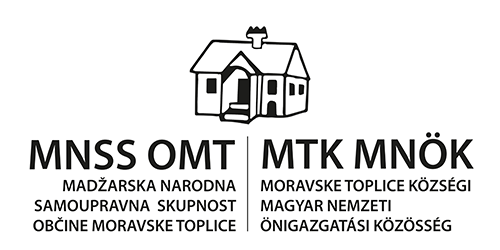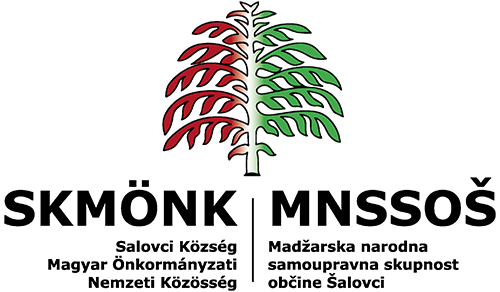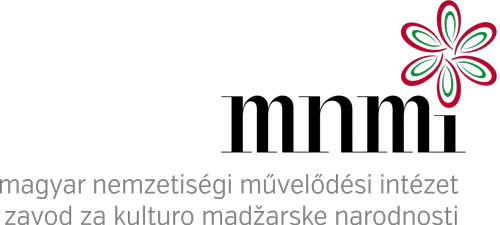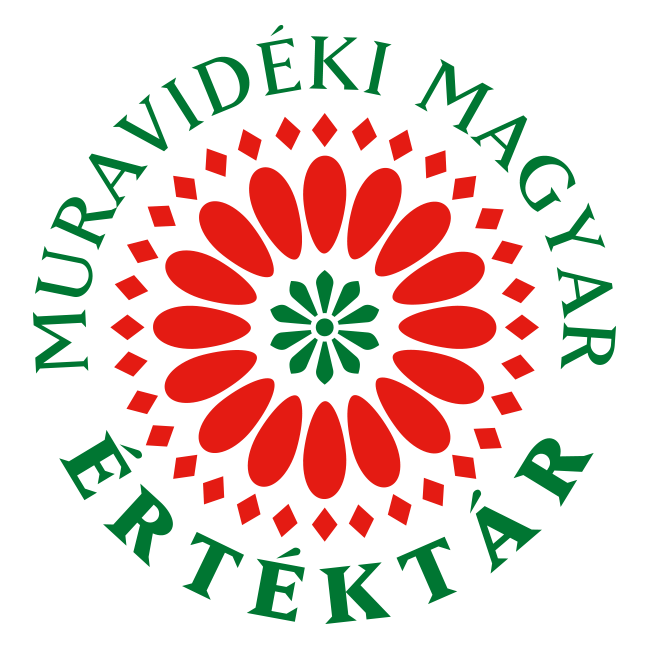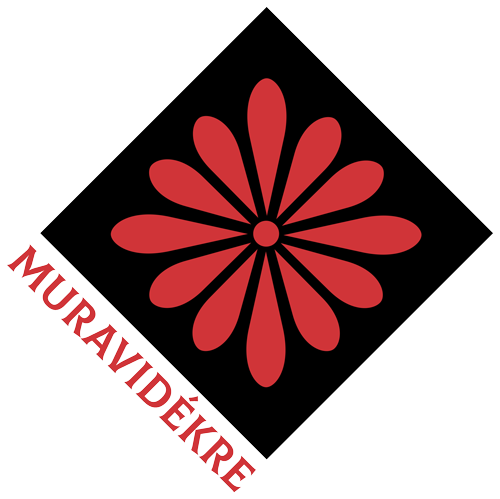 Beliefs and Customs on Saint George's Day
Beliefs and Customs on Saint George's Day
Saint Nicholas Day

The Catholic Church remembers Saint Nicholas, a Christian bishop, on the 6th of December. According to tradition, Nicholas was born into a rich merchant family in Patara in Asia Minor. His parents died of the plague. He apportioned his inheritance among the poor. Around 300 A.D., he was appointed bishop of Myra where he most probably died on the 6th of December. In the beginning of the 11th century, his remains were brought to Bari in Italy. His life is known from legends and the memory of him lives on in numerous place names, churches, first names and surnames. He is the patron saint of bakers, millers, fishermen, students and children.
The legend of the bishop lives on in various versions that vary from nation to nation. Therefore, he is known under different names: from the Hungarian versions Szent Miklós and Mikulás, the German Nikolaus or the American Santa Claus, which is actually a distorted version of the Dutch word Sinterklaas. At the end of the 19th century, the Hungarian word Mikulás was adopted from the Slovak language, along with the word krampusz. This is the devil-like character who accompanies Nicholas, and the expression is probably of Bavarian-Austrian origin. The expression Télapó became popular in Central, as well as Eastern Europe after World War II due to the Soviet-Russian influence: according to Russian tradition, Ded Moroz (Grandfather Frost) brings the Christmas tree and the presents, and he was the substitute for Nicholas as well as Jesus who were both associated with a religion.
The most important still practised tradition of Saint Nicholas Day is the giving of presents to children. There are two ways to do this. Firstly, there is the Nicholas we know of, who brings gifts in the secrecy of night, but another way is the so-called “mikulásjárás”, when a person dressed as Nicholas visits the children and hands out gifts himself. The origins of the secretive Nicholas are rooted in a particular legend. According to it, three beautiful girls lived in the city where Nicholas was born. Their father could not give any of them away to marry because he was so poor and could not ensure them a dowry. Therefore, one night, Nicholas threw a bag full of gold (some versions say it was a golden ball) into their house. He did this for three nights until the father caught him in the act and so Nicholas´ good deed became widely known. Thanks to Nicholas, all three girls could marry. Legend says that one of the golden balls rolled into a slipper that was placed in front of the furnace. It is supposed that the custom of placing presents into socks or shoes originates from this story.
The other, the so-called “mikulásjárás”, was known particularly in the Transdanubian area and in the northern part of the Hungarian language area. Originally, it was a mediaeval student custom. In German monastery schools, children used to appoint one of their mates as abbot or bishop who would rule the school for one whole day. At first, this day used to be the 28th of December, Holy Innocents Day, but in the 13th century, it was moved to Saint Nicholas Day, and that is why the figure of Bishop Nicholas bearing gifts became so widespread. Nicholas, who was dressed as a bishop, visited houses where children lived and asked them questions but also to pray with him. If they obeyed, they were given presents and if not, they only got stick.
Source:
- Tátrai Zsuzsanna: Jeles napok, ünnepi szokások. Planétás Kiadó, Budapest, 1997.
- Halász Albert: Jeles napok, népi ünnepek a Muravidéken. Studio Artis Kiadó. Lendva, 1999.
- https://cultura.hu/aktualis/szent-miklos-napja/
- https://www.arcanum.com/









